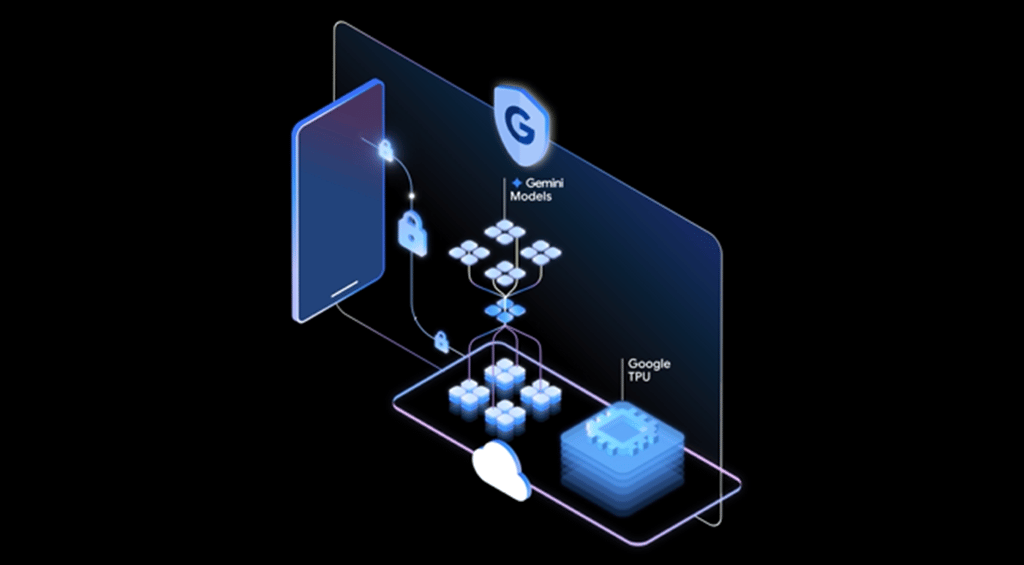Datamation content and product recommendations are
editorially independent. We may make money when you click on links
to our partners.
Learn More
As organizations big and small race to the cloud, there is still a need for on-premise integration for security and access control. That’s where the hybrid cloud idea fits in, blending both public and private assets in an effort to help enterprises get the benefits of both worlds.
IBM (NYSE:IBM) is advancing the idea of the hybrid cloud with its WebSphere Cast Iron technology. For IBM the hybrid cloud is all about integrating the off-premise cloud with on-premise policy.
Cloud Storage and Backup Benefits
Protecting your company’s data is critical. Cloud storage with automated backup is scalable, flexible and provides peace of mind. Cobalt Iron’s enterprise-grade backup and recovery solution is known for its hands-free automation and reliability, at a lower cost. Cloud backup that just works.
SCHEDULE FREE CONSULT/DEMO
“Websphere Cast Iron provides a simple way to integrate off premise Software-as-a-Service applications with your on-premise applications,” Dave Lindquist, IBM Fellow and CTO of IBM Tivoli Software told InternetNews.com.
Lindquist noted that the goal is to make it easy to integrate off premise apps with enterprise technology. As part of the integration, the system is being boosted with monitoring, security and governance as well as workload management.
For security, Lindquist said that directory synchronization is a key feature that integrates with the off premise cloud. As such, when users are added or moved from the enterprise directory the changes are synchronized with the cloud applications.
When it comes to monitoring, the IBM solution aims to monitor the off-premise workloads as though they were on-premise. From a provisioning and governance perspective, Lindquist said that the system allows administrators to control usage and placement of workloads.
“Customers can progressively configure capabilities to establish a hybrid cloud,” Lindquist said.
Lindquist explained that Websphere Cast Iron cloud integration is typically used to integrate applications that exist off-premise that users can subscribe to, as well as on-premise applications like Oracle and DB2.
“You can also move and deploy a workload into the cloud,” Lindquist said. “To do that requires some business policies about what can be moved and that’s part of the governance we’ve put into the cloud integration.”
Among the challenges that have faced the hybrid cloud in the past, Lindquist said that access and directory synchronization have been issues in the past for users. Managing policies for data is another key issue.
“What we’re starting with here are the base policies of workload movement, what can run where, and user security,” Lindquist said.
From a naming perspective, Lindquist explained that IBM is using the Websphere name as a brand for middleware integration, and it isn’t just about Java middleware. The Websphere Cast Iron cloud orchestrator is set to be available as a physical as well as a virtual appliance. Additionally, IBM offers the technology as a hosted service.
IBM also plans to evolve the technology as the needs and usage of hybrid cloud deployments expand.
“We’ll add to the system at a good pace as we learn what the issues are in data security and workload management in particular,” Lindquist said.
Sean Michael Kerner is a senior editor at InternetNews.com, the news service of Internet.com, the network for technology professionals.
-
Ethics and Artificial Intelligence: Driving Greater Equality
FEATURE | By James Maguire,
December 16, 2020
-
AI vs. Machine Learning vs. Deep Learning
FEATURE | By Cynthia Harvey,
December 11, 2020
-
Huawei’s AI Update: Things Are Moving Faster Than We Think
FEATURE | By Rob Enderle,
December 04, 2020
-
Keeping Machine Learning Algorithms Honest in the ‘Ethics-First’ Era
ARTIFICIAL INTELLIGENCE | By Guest Author,
November 18, 2020
-
Key Trends in Chatbots and RPA
FEATURE | By Guest Author,
November 10, 2020
-
Top 10 AIOps Companies
FEATURE | By Samuel Greengard,
November 05, 2020
-
What is Text Analysis?
ARTIFICIAL INTELLIGENCE | By Guest Author,
November 02, 2020
-
How Intel’s Work With Autonomous Cars Could Redefine General Purpose AI
ARTIFICIAL INTELLIGENCE | By Rob Enderle,
October 29, 2020
-
Dell Technologies World: Weaving Together Human And Machine Interaction For AI And Robotics
ARTIFICIAL INTELLIGENCE | By Rob Enderle,
October 23, 2020
-
The Super Moderator, or How IBM Project Debater Could Save Social Media
FEATURE | By Rob Enderle,
October 16, 2020
-
Top 10 Chatbot Platforms
FEATURE | By Cynthia Harvey,
October 07, 2020
-
Finding a Career Path in AI
ARTIFICIAL INTELLIGENCE | By Guest Author,
October 05, 2020
-
CIOs Discuss the Promise of AI and Data Science
FEATURE | By Guest Author,
September 25, 2020
-
Microsoft Is Building An AI Product That Could Predict The Future
FEATURE | By Rob Enderle,
September 25, 2020
-
Top 10 Machine Learning Companies 2021
FEATURE | By Cynthia Harvey,
September 22, 2020
-
NVIDIA and ARM: Massively Changing The AI Landscape
ARTIFICIAL INTELLIGENCE | By Rob Enderle,
September 18, 2020
-
Continuous Intelligence: Expert Discussion [Video and Podcast]
ARTIFICIAL INTELLIGENCE | By James Maguire,
September 14, 2020
-
Artificial Intelligence: Governance and Ethics [Video]
ARTIFICIAL INTELLIGENCE | By James Maguire,
September 13, 2020
-
IBM Watson At The US Open: Showcasing The Power Of A Mature Enterprise-Class AI
FEATURE | By Rob Enderle,
September 11, 2020
-
Artificial Intelligence: Perception vs. Reality
FEATURE | By James Maguire,
September 09, 2020
SEE ALL
CLOUD ARTICLES







